SHARRYLAND

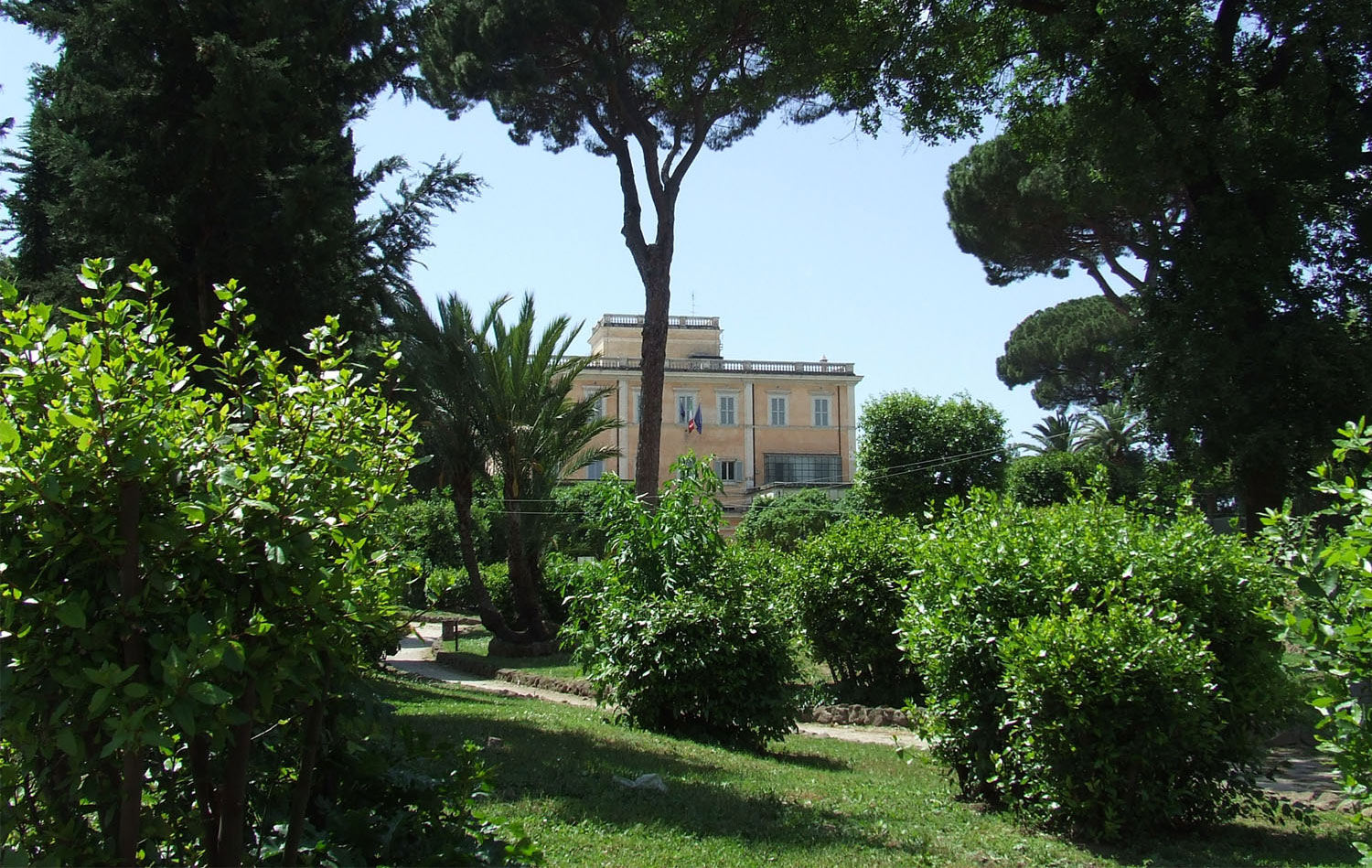



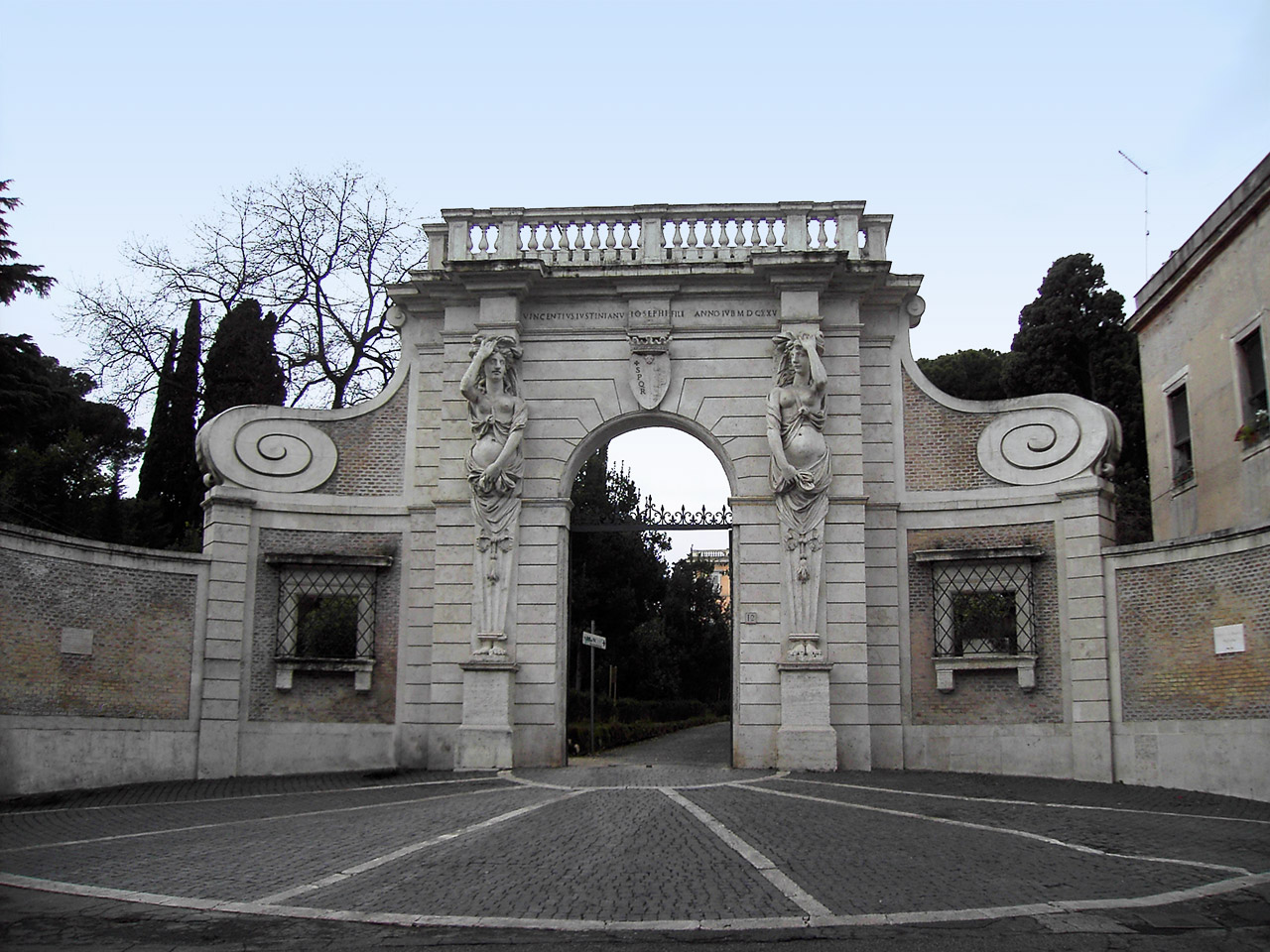
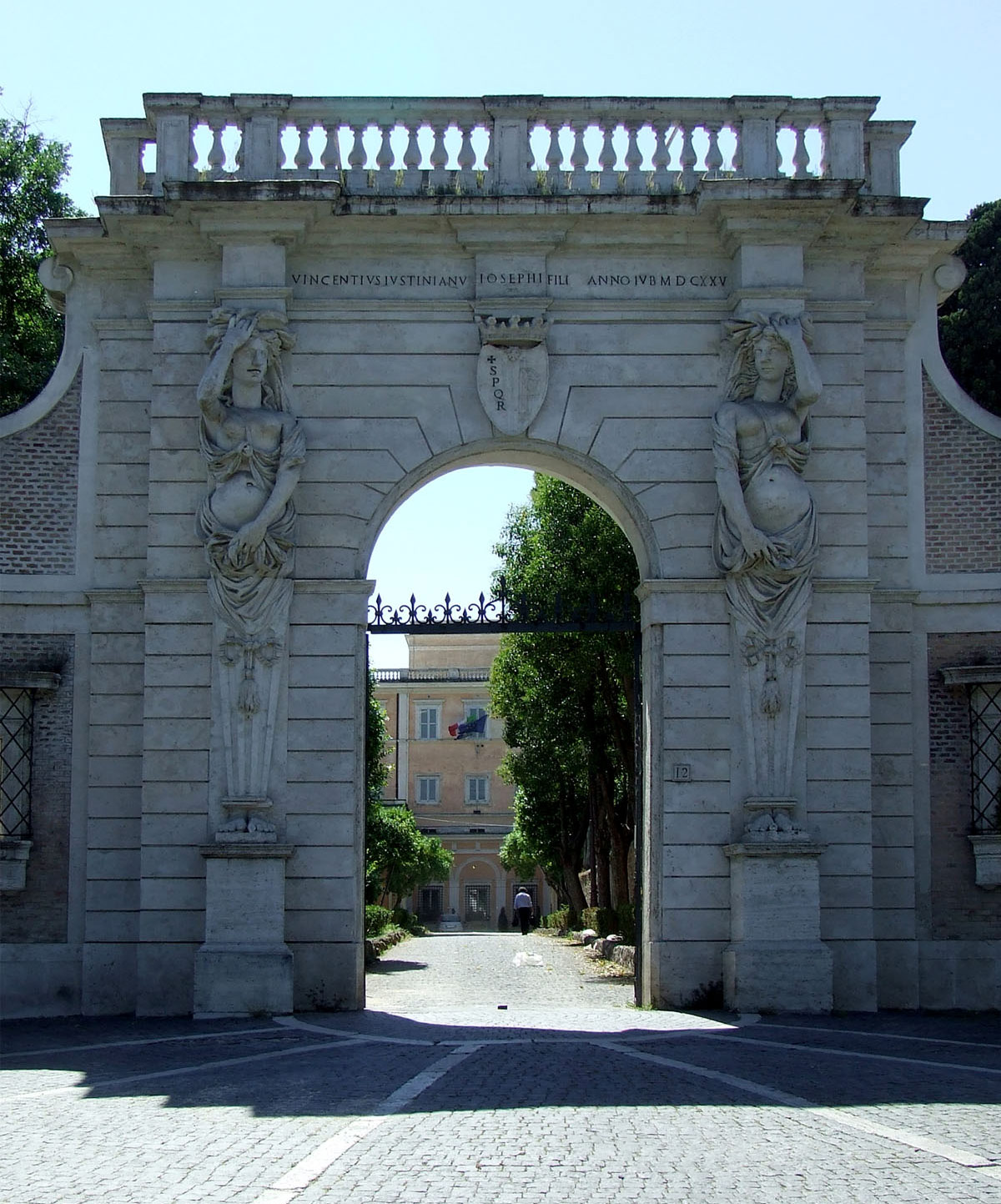
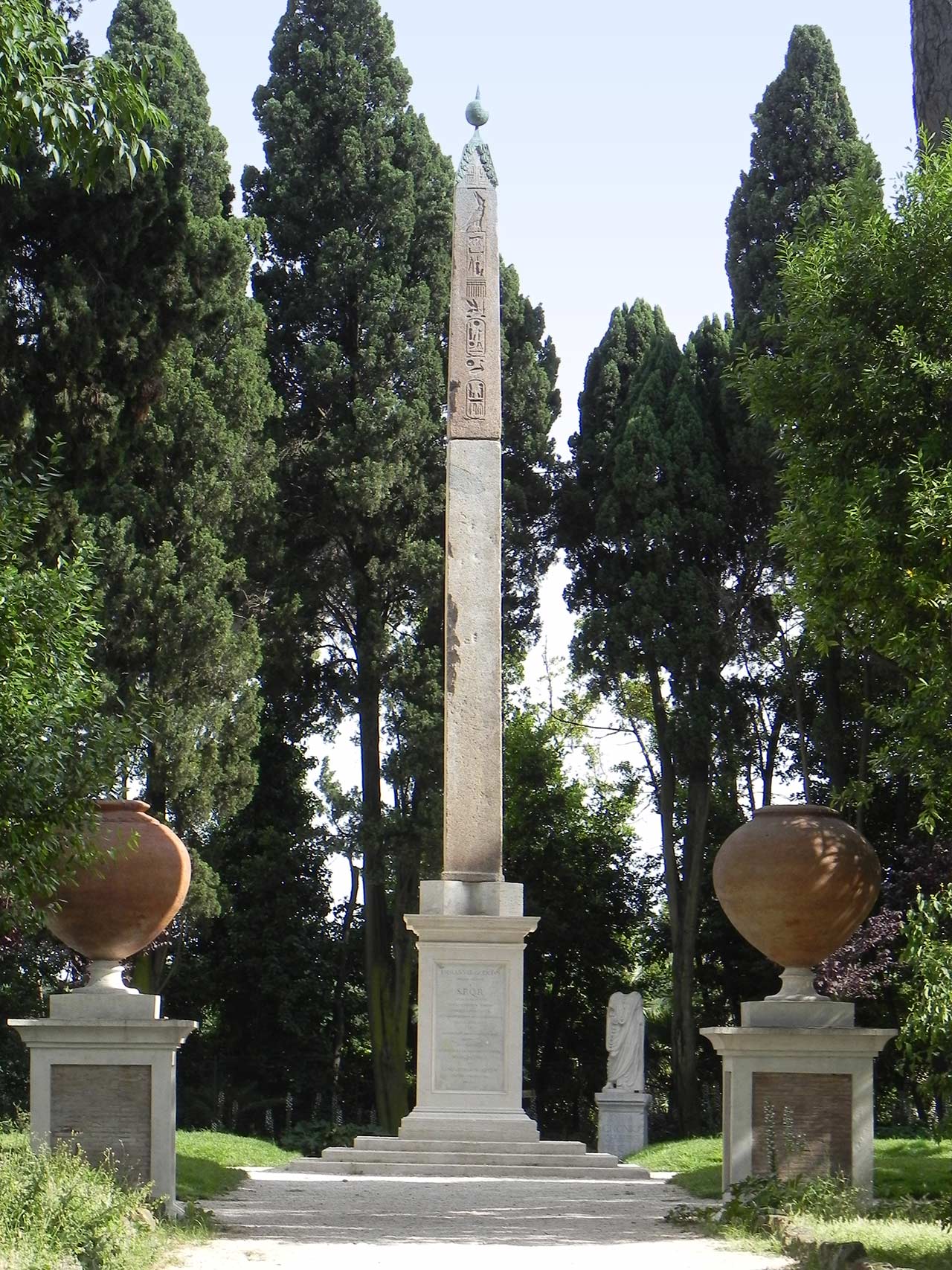


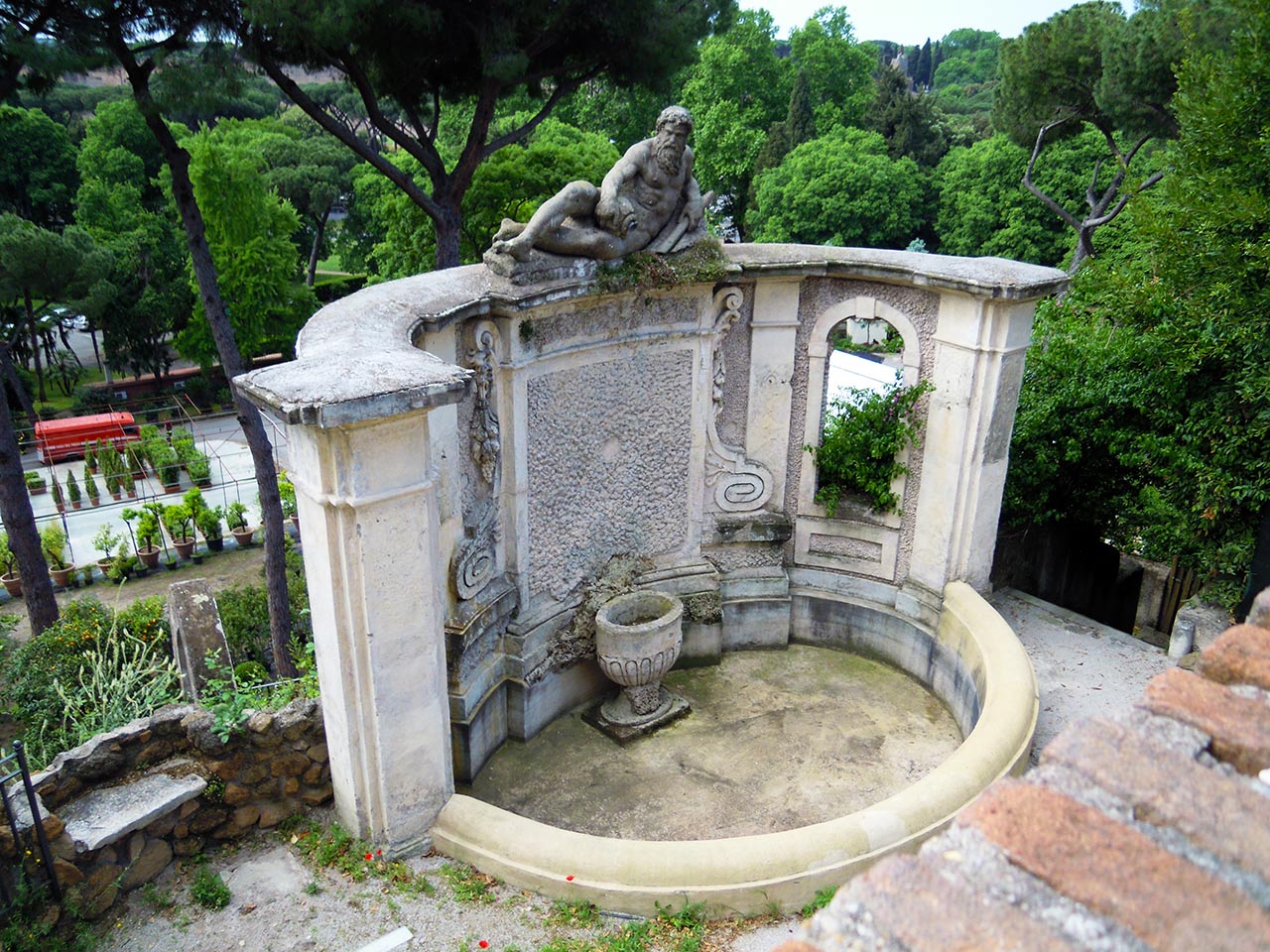
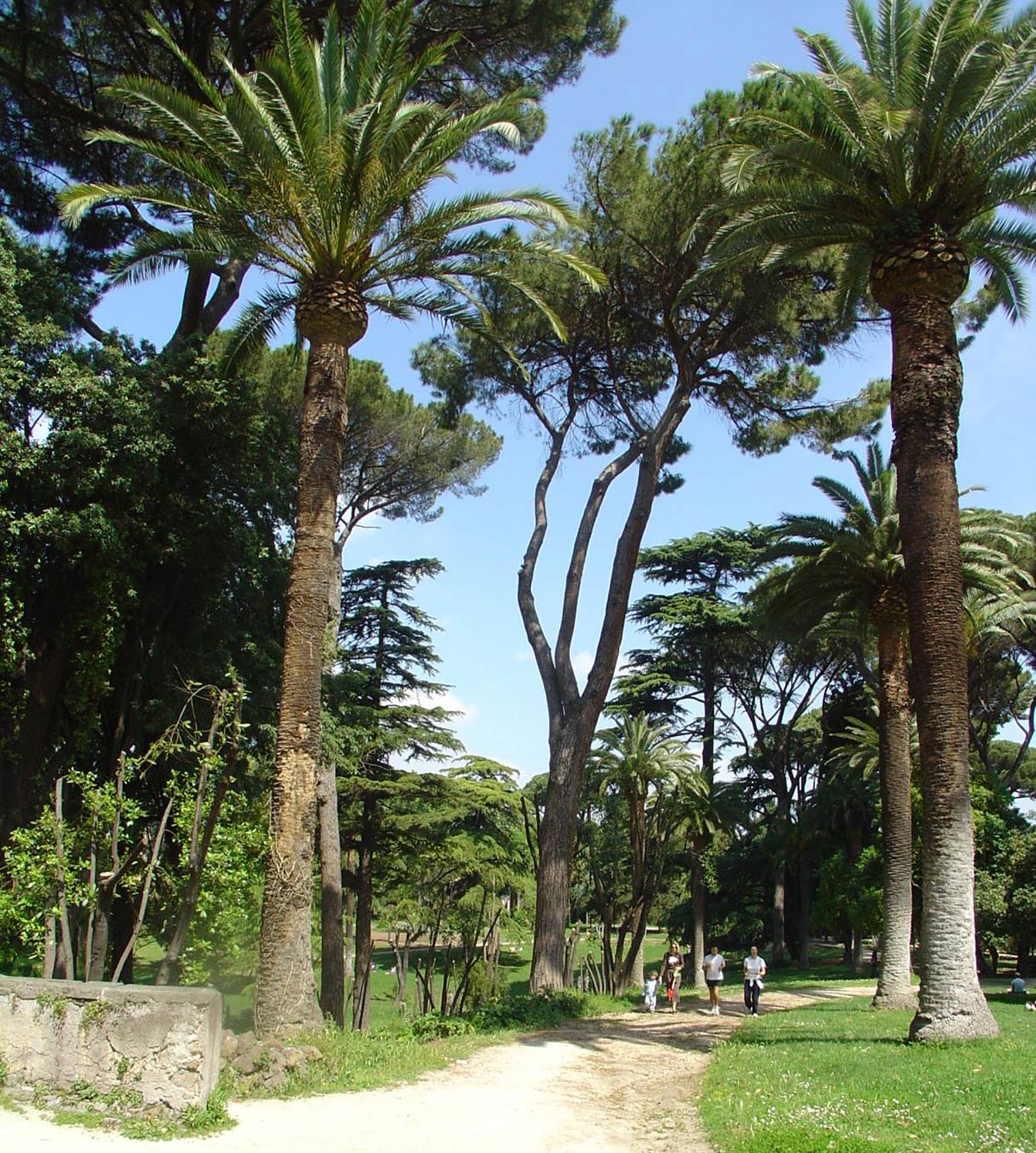


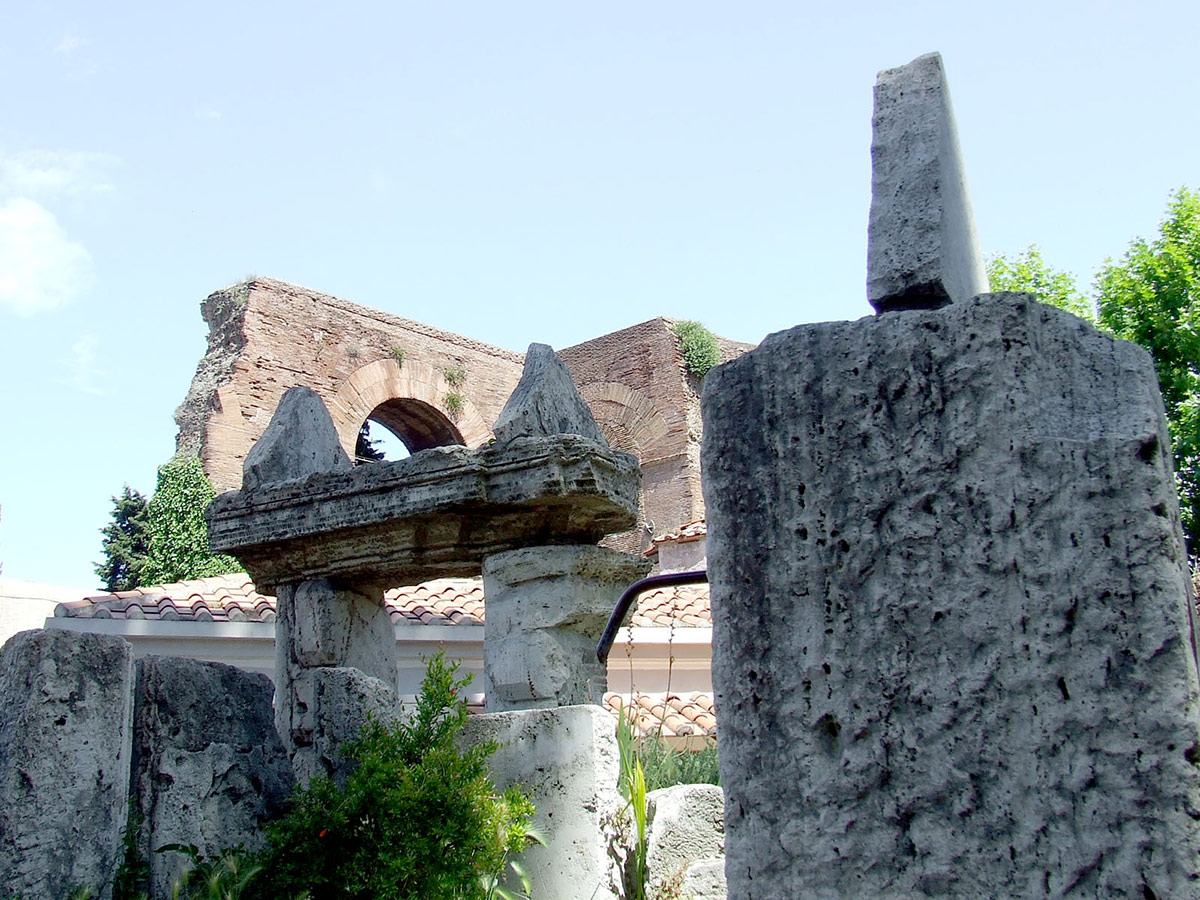

Where
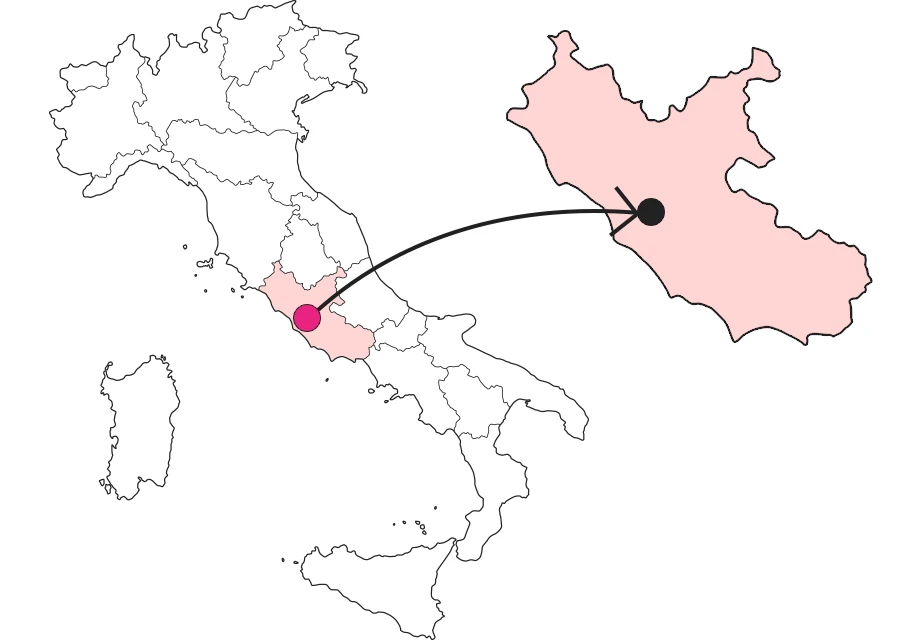
What it is and where it is
When we think of Rome, one of the first images our mind retrieves is that of the Colosseum. Fascinating, but often too crowded. What not everyone knows is that, just a stone 's throw from Rome's main archaeological zone, a unique green space opens up : nature refreshes visitors and slowly guides them through the park's avenues. Along this path you will happen to find many Roman ruins that leave anyone who observes them open-mouthed.
Why it is special
Villa Celimontana is one of the exquisite Renaissance achievements, when it was already called not Celimontana but Mattei, after the family that built it. Passed from hand to hand, the villa is still a treasure trove of wonders and stories and equally retains an important cultural role since it is home to the Italian Geographic Society.
Not to be missed
Among the ancient works, the villa has since its earliest days housed an Egyptian obelisk of Ramesses II, which stood in the temple of Isis, the main hub of the Egyptian community in ancient Rome and today corresponding to the area around Santa Maria sopra Minerva. Legend has it that the globe at the top holds the ashes of Emperor Augustus. For a long time the shaft was used as a step to reach the basilica of the Ara Coeli, which is why only part of it survives.
A bit of history
The Villa Celimontana owes its name to the area where it was built, the Caelian. Many important buildings stood here since ancient times. The villa dates back to the last decades of the 16th century. Among sculptural works, avenues and fountains, the small palace built by Giacomo Del Duca, a pupil of Michelangelo, still stands out. The many changes of ownership and restorations make it impossible to fully reconstruct what it must have looked like originally. The villa was confiscated from its last owner, German Baron Richard Hoffman, following World War I because it was owned by the enemy on Italian soil and was given in concession to the Italian Geographic Society.
Trivia
Since the second half of the 1500s, the villa was exceptionally opened to the public on the occasion of the pilgrimage to the Seven Churches, instituted by St. Philip Neri. Here the faithful received a loaf of bread with salami and could rest before setting out again. During these events, the villa could hold more than 3,000 people.
Enter the Map of Italy's Undiscovered Wonders and find treasures where you least expect it... Inspire, Recommend, Share...
Contacts
The Map thanks:
In the Community
Enter the Map of Italy's Undiscovered Wonders and find treasures where you least expect it... Inspire, Recommend, Share...
Where

Contacts


